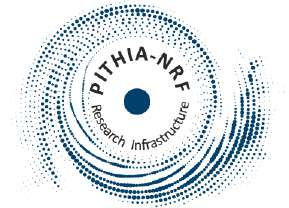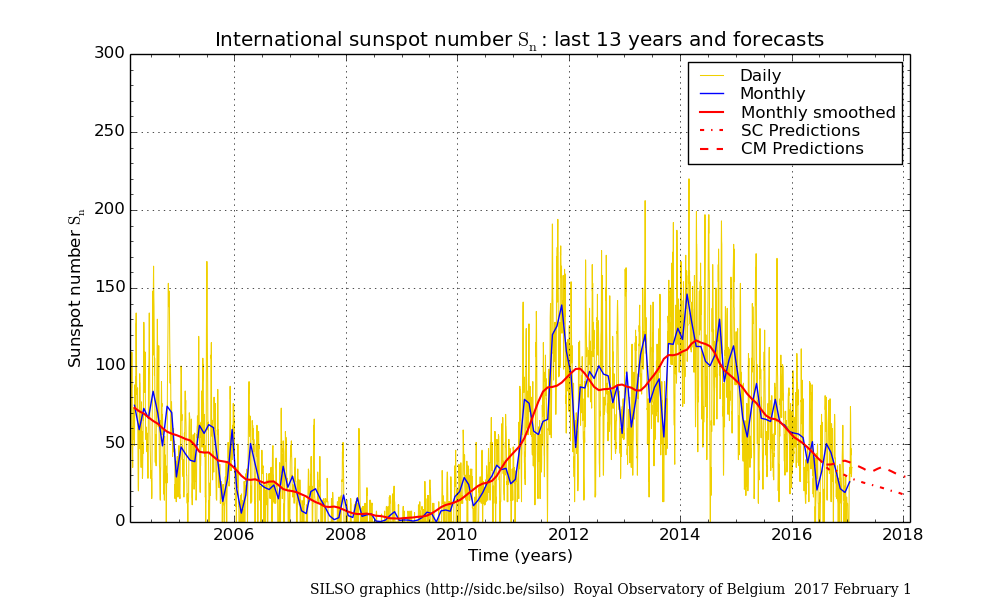 The STCE does Fundamental Research.
The STCE does Fundamental Research.
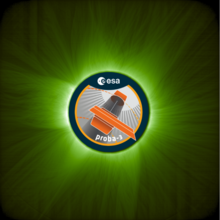
The world top experts on coronagraphy met at the Royal Observatory of Belgium for the 11th Science Working Team meeting of the ESA Proba-3 mission. Andrei Zhukov and his team which works on the main instrument ASPIICS, were the hosts.
view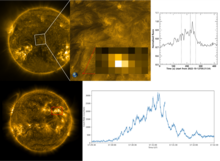
New findings from the Solar Orbiter spacecraft reveal that even the tiniest bursts of activity from the Sun may behave like their larger counterparts.
view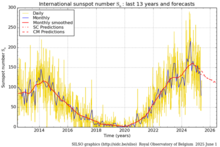
The STCE's SC25 Tracking page has been updated. The latest SIDC/SILSO provisional data indicate that SC25 reached a maximum smoothed monthly sunspot number of 160.8 in October 2024.
view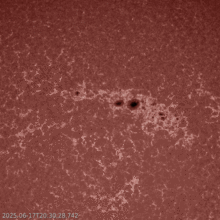
SIDC Sunspot Group 523 (NOAA Active Region 4114) produced an X1.2 flare on 17 June and an X1.9 flare late on 19 June. No coronal mass ejection seems to have been associated with these flares. ***UPDATED (1)***
view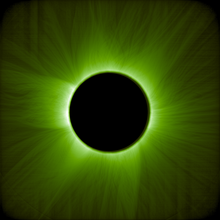
This is the image of the duo-satellite Proba-3 making solar eclipses, released by the European Space Agency, ESA.
viewDesign by WeebPal.




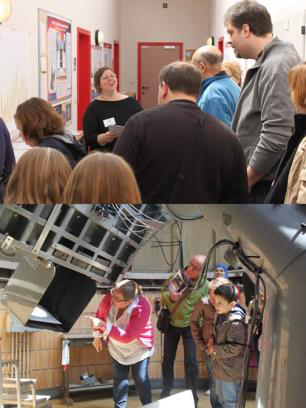 The STCE does public outreach during the STCE Annual Meeting and the Open Doors of the Space Pole in Uccle.
The STCE does public outreach during the STCE Annual Meeting and the Open Doors of the Space Pole in Uccle.